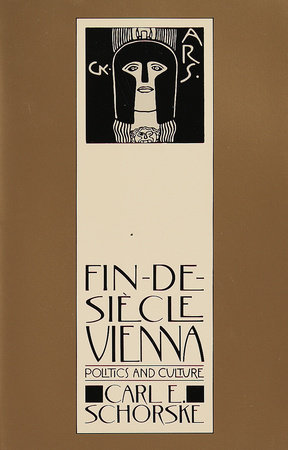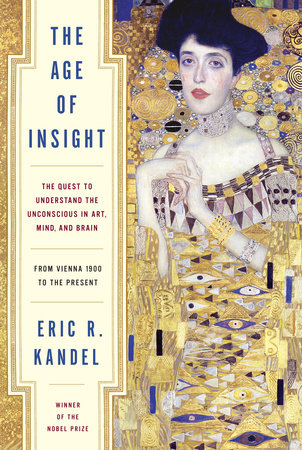

The Age of Insight
By Eric Kandel
By Eric Kandel
By Eric Kandel
By Eric Kandel
Category: Psychology | Art | Writing | Literary Criticism
Category: Psychology | Art | Writing | Literary Criticism

-
$60.00
Mar 27, 2012 | ISBN 9781400068715
-
Mar 27, 2012 | ISBN 9781588369307
YOU MAY ALSO LIKE
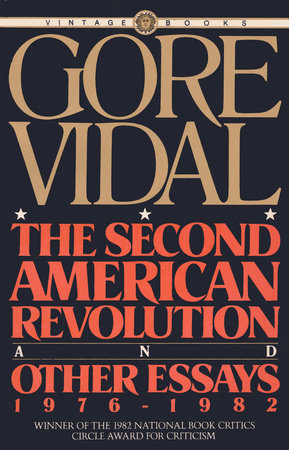
The Second American Revolution and Other Essays 1976 – 1982

American Violence
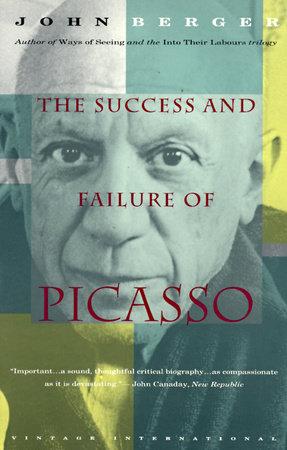
The Success and Failure of Picasso
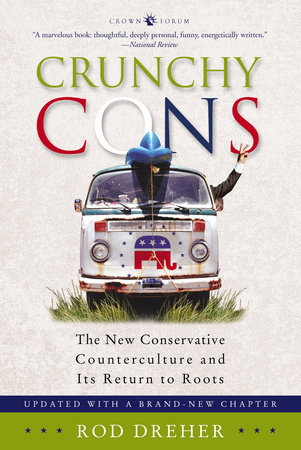
Crunchy Cons
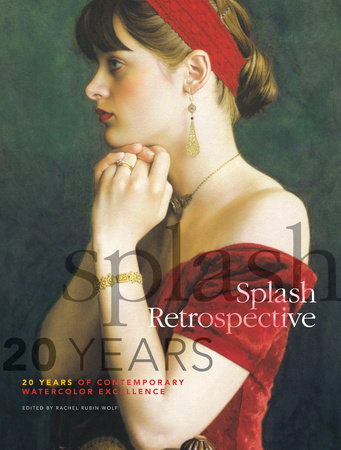
Splash Retrospective
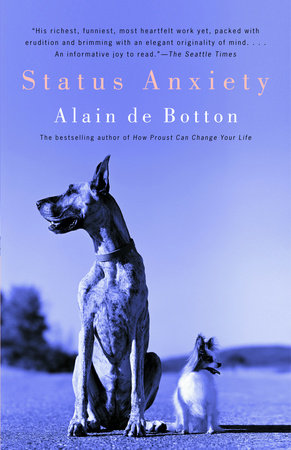
Status Anxiety

The House of Wisdom
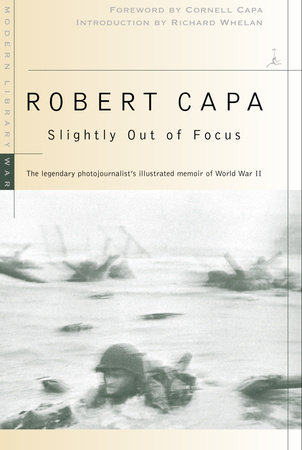
Slightly Out of Focus
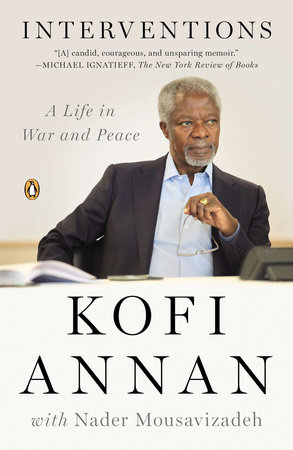
Interventions
Praise
Advance praise for The Age of Insight
“Eric Kandel has succeeded in a brilliant synthesis that would have delighted and fascinated Freud: Using Viennese culture of the twentieth century as a lens, he examines the intersections of psychology, neuroscience, and art. The Age of Insight is a tour-de-force that sets the stage for a twenty-first-century understanding of the human mind in all its richness and diversity.”
—Oliver Sacks, author of The Mind’s Eye and The Man Who Mistook His Wife for a Hat
“In a polymathic performance, a Nobel laureate weaves together the theories and practices of neuroscience, art and psychology to show how our creative brains perceive and engage art—and are consequently moved by it. . . . A transformative work that joins the hands of Art and Science and makes them acknowledge their close kinship.”
—Kirkus Reviews (STARRED)
“A fascinating synthesis of art, history, and science that is also accessible to the general reader. A distinctive and important title that is also a pleasure to read”
—Library Journal (STARRED)
“Engrossing … Nobel-winning neuroscientist Kandel excavates the hidden workings of the creative mind. Kandel writes perceptively about a range of topics, from art history—the book’s color reproductions alone make it a great browse—to dyslexia. … Kandel captures the reader’s imagination with intriguing historical syntheses and fascinating scientific insights into how we see—and feel—the world.”
—Publisher’s Weekly
“A fascinating meditation on the interplay among art, psychology and brain science. The author, who fled Vienna as a child, has remained captivated by Austrian artists Gustav Klimt, Oskar Kokoschka and Egon Schiele, each of whom was profoundly influenced by Sigmund Freud and by the emerging scientific approach to medicine in their day … [calls] for a new, interdisciplinary approach to understanding the mind, one that combines the humanities with the natural and social sciences.”
—Scientific American
“Eric Kandel’s book is a stunning achievement, remarkable for its scientific, artistic, and historical insights. No one else could have written this book—all its readers will be amply rewarded.”
—Howard Gardner, Hobbs Professor of Cognition and Education, Harvard Graduate School of Education
“Eric Kandel’s training as a psychiatrist and his vast knowledge of how the brain works enrich this thoroughly original exploration of the relationship between the birth of psychoanalysis, Austrian Expressionism, and Modernism in Vienna.”
—Margaret Livingstone, Professor of Neurobiology, Harvard Medical School
“This is the book that Charles Darwin would have produced, had he chosen to write about art and aesthetics. Kandel, one of the great pioneers of modern neuroscience, has effectively bridged the ‘two cultures’—science and humanities. This is a task that many philosophers, especially those called ‘new mysterians,’ had considered impossible.”
—V. S. Ramachandran, author of The Tell-Tale Brain
“Eric Kandel has created a masterpiece, synthesizing brain, mind, and art like no one has before.”
—Joseph LeDoux, NYU, author of The Emotional Brain and Synaptic Self
“[This book] offers not only a stunning organic (in every sense of the word) view of fin de siecle culture but also opens new vistas in bioesthetics. It explores the often shocking neurology of the beautiful. And it shows how artist and scientist interlace in the common quest to discover the innards of reality. ‘I don’t render the visible,’ said Paul Klee, ‘I make visible.’ He echoed Edna St. Vincent Millay’s ‘Euclid alone looked on beauty bare.’ Eric Kandel is of that company.”
—Frederic Morton
“Nobel laureate Eric Kandel’s path-setting exploration of the connections between neuroscience and the painters Gustav Klimt, Egon Schiele and Oskar Kokoschka establishes a new frontier in the study of this all-important historical period. The shift toward a biological conception of self, which began in Vienna over a hundred years ago, has since decisively shaped our understanding of human nature.”
—Jane Kallir, director, Galerie St. Etienne
“With infectuous enthusiasm and limitless reverence for his multiple subjects, Kandel deftly steers the reader through a vast and inviting territory of science, the creative process, the mind, emotion, eroticism, empathy, feminism, and the unconscious. Years in the making, this highly readable book presents a magisterial study of brain, mind, and art.”
—Alessandra Comini, University Distinguished Professor of Art History Emerita, Southern Methodist University
21 Books You’ve Been Meaning to Read
Just for joining you’ll get personalized recommendations on your dashboard daily and features only for members.
Find Out More Join Now Sign In









